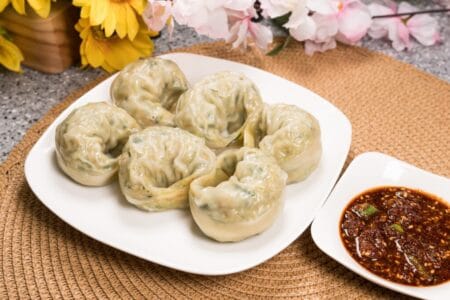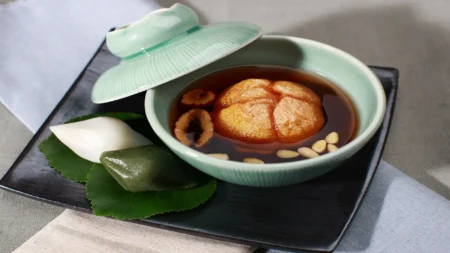The History and Culture Behind Kimchi: Korea’s Soul Food
When people think of Korean food, one dish always comes to mind: kimchi.
Spicy, sour, crunchy, and bursting with umami, kimchi (김치) is more than Korea’s national dish—it’s a symbol of resilience, tradition, and communal spirit. From royal courts to humble home kitchens, kimchi has evolved into a cultural icon and global superfood.
Let’s take a flavorful journey into the history, cultural roots, and modern life of kimchi—Korea’s soul food.
🏛️ A Taste of History: Where Did Kimchi Begin?
Kimchi’s origins stretch back over 2,000 years—to a time when Koreans began fermenting vegetables to preserve them through harsh winters.
The earliest forms of kimchi were not spicy—they used salt, garlic, and preserved greens.
Chili peppers were introduced to Korea in the 16th century, after Portuguese traders brought them to East Asia. Only then did kimchi take on the fiery red color we now know.
📜 Key Timeline:
Three Kingdoms period (57 BC–668 AD): Early pickled vegetables mentioned in literature
Joseon Dynasty (1392–1897): Kimchi-making becomes ritualized, with regional and seasonal varieties
Modern era: Kimchi becomes a national dish and global export, eventually gaining UNESCO recognition
👩🍳 The Ritual of Kimjang (김장): Making Kimchi Together
Every late autumn, Korean families gather for kimjang (김장)—the communal preparation of kimchi to last the winter.
This tradition:
Brings communities together
Emphasizes sharing and hard work
Preserves intergenerational recipes
🧺 Giant napa cabbages are salted, rinsed, and filled with a spicy mix of gochugaru (chili flakes), garlic, ginger, radish, scallions, and jeotgal (fermented seafood).
In 2013, Kimjang was added to UNESCO’s Intangible Cultural Heritage List, honoring the spirit of Korean food culture.
🧂 Varieties of Kimchi: Not Just One Kind!
There are over 200 known types of kimchi—each tied to a season, a region, or a family’s taste.
Popular Types:
Baechu Kimchi (배추김치) – Classic napa cabbage kimchi
Kkakdugi (깍두기) – Cubed radish kimchi
Chonggak Kimchi (총각김치) – Ponytail radish kimchi
Baek Kimchi (백김치) – White kimchi, no chili pepper, milder in flavor
Oi Sobagi (오이소박이) – Stuffed cucumber kimchi, often served in summer
Some southern provinces prefer saltier, fishy versions, while northern styles are often lighter and less spicy.
❤️ Kimchi = Health, Heart, and Home
Kimchi is not just beloved—it’s essential.
Cultural meanings:
Represents family and home: No Korean meal feels complete without it.
A sign of care and love: Giving homemade kimchi is a gesture of deep connection.
A source of pride: Koreans abroad often pack jars of kimchi for taste and memory.
Health benefits:
Rich in probiotics, vitamins A & C, and antioxidants
Supports gut health and immune function
Naturally low in calories, high in fiber
🌎 Kimchi in the Modern World
As Korean culture spreads globally through K-pop, K-dramas, and K-food, kimchi has become a global trend:
Found in fusion dishes: kimchi burgers, kimchi quesadillas, kimchi mac & cheese
Served in Michelin-starred restaurants
Sold in supermarkets worldwide
Korea even sent kimchi into space in 2008 with astronaut Yi So-yeon!
🏺 Where to Experience Kimchi in Korea
🧂 Museum Kimchikan (Seoul, Insadong): History, recipes, and interactive exhibits
🧑🍳 Kimchi-making classes: Learn to make your own kimchi in Seoul, Jeonju, or Busan
🛍️ Gwangjang Market: Taste fresh kimchi and traditional banchan in Seoul’s food haven
💬 Final Thoughts
Kimchi is more than food—it’s a living tradition, a memory of the past, and a bite of Korea’s heart. To understand Korea, you must taste kimchi—not just with your tongue, but with your soul.
So the next time it’s on your plate, pause and savor its story.
📸 Your Turn:
Have a favorite type of kimchi or family story around it? Share it with #KimchiCulture and tag @KoreaThread for a feature!







